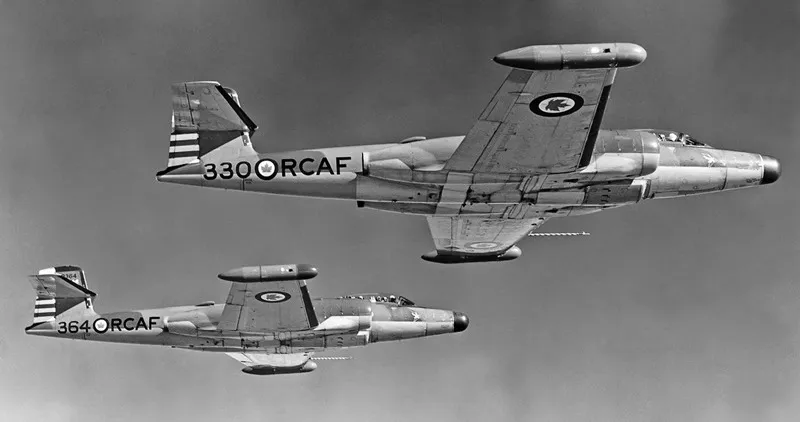Rivett, Ian (Civilian)
Killed in Flying Accident 1959-January-22

Birth Date: unkown date
Born:
Parents:
Spouse:
Home:
Enlistment:
Enlistment Date: unkown date
Service
RCAF
Unit
CEPE- Central Experimental & Proving Establishment
Exporto Crede
Base
Rank
Civilian
Position
Pilot
Service Numbers
N/A
Canuck serial: 18417

The Avro Canada CF-100 Canuck (affectionately known as the "Clunk") was a Canadian jet interceptor/fighter in service during the Cold War both in NATO bases in Europe and as part of NORAD. The CF-100 was the only Canadian-designed fighter to enter mass production, serving primarily with the RCAF and the Canadian Armed Forces, and also in small numbers in Belgium. For its day, the CF-100 featured a short takeoff run and high climb rate, making it well suited to its role as an interceptor.
Production consisted of 5 pre-production CF-100 Mk. 2 aircraft, 74 machine gun armed CF-100 Mk. 3 aircraft, 280 CF-100 Mk. 4 aircraft armed with both machine guns and rocket pods, and 331 CF-100 Mk. 5 aircraft armed only with rocket pods. Harold Skaarup web page